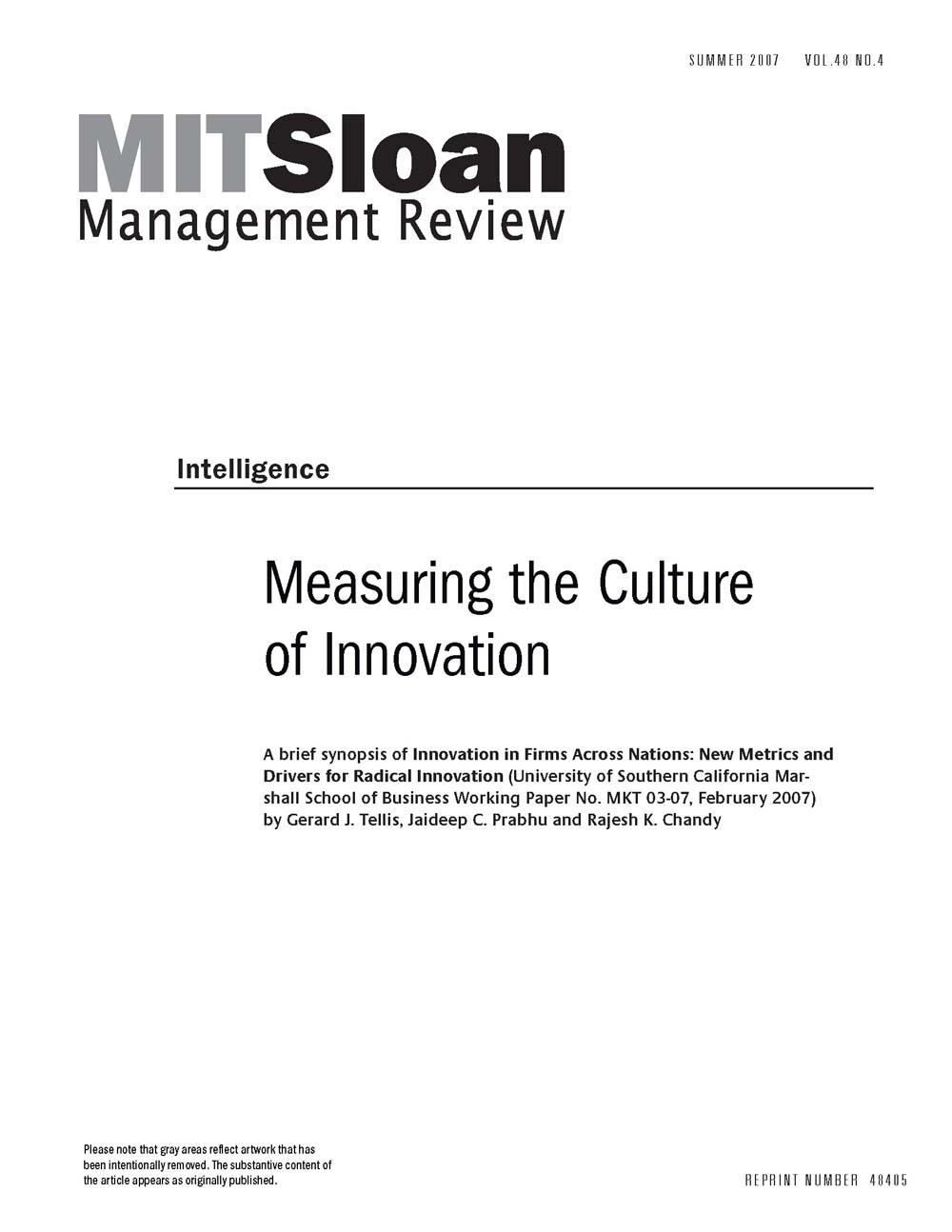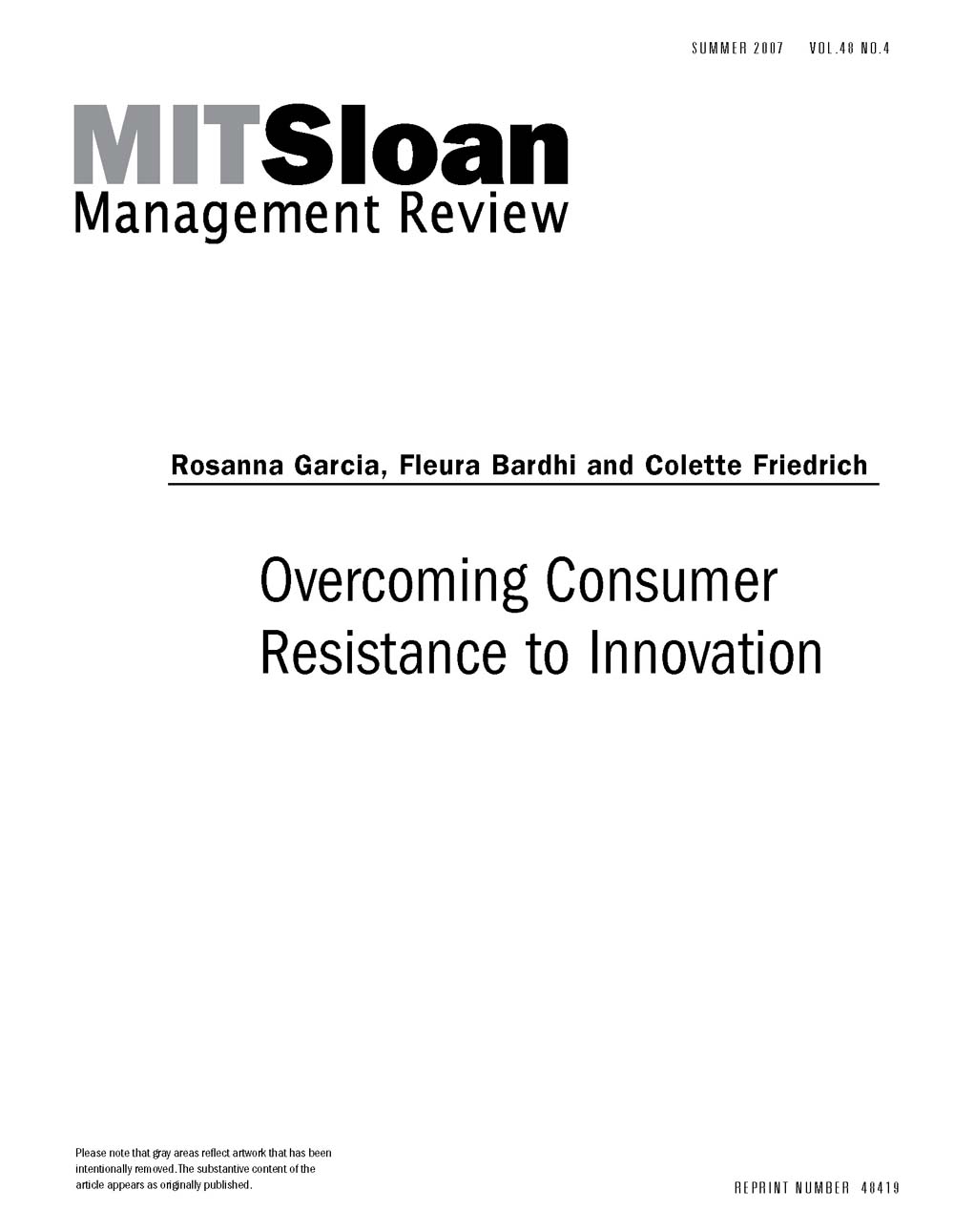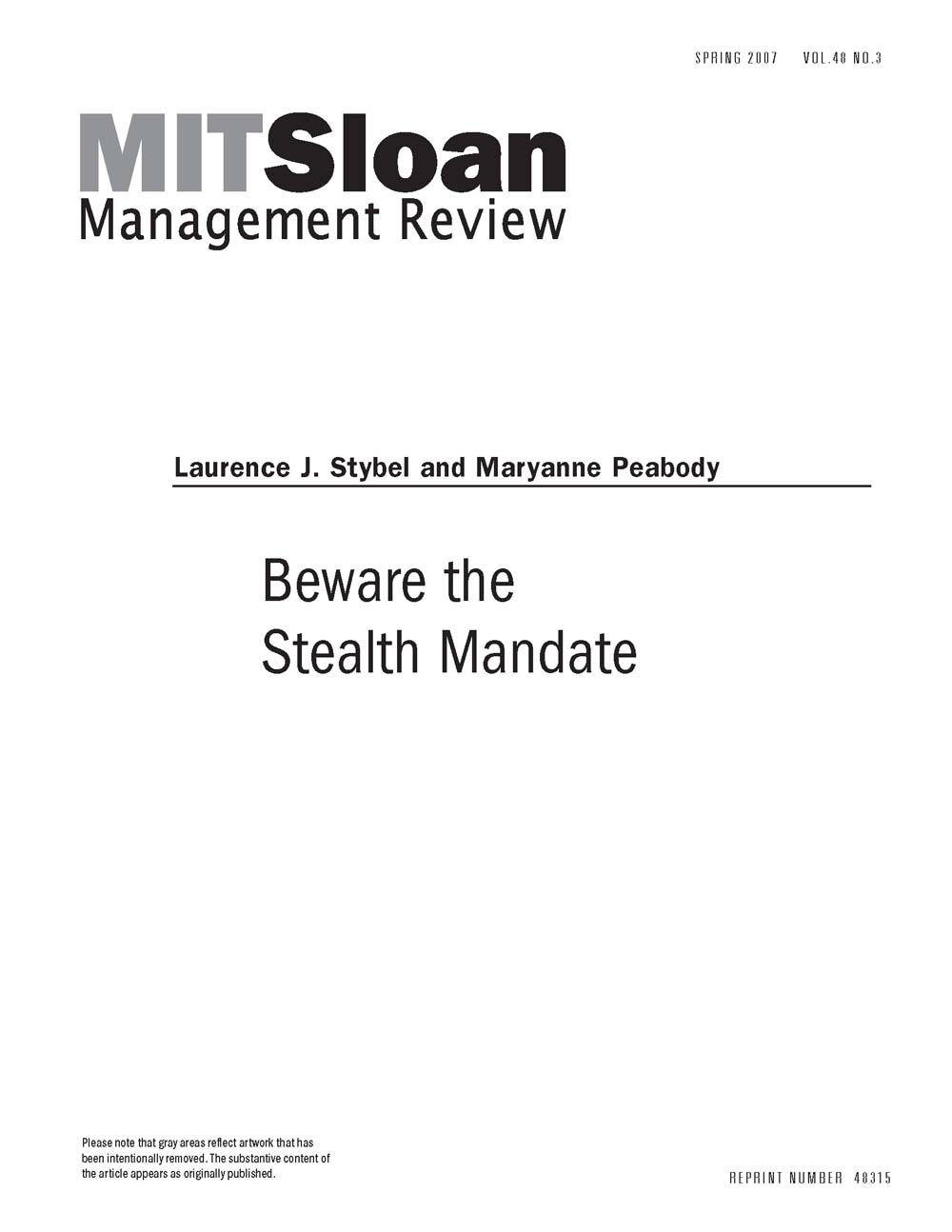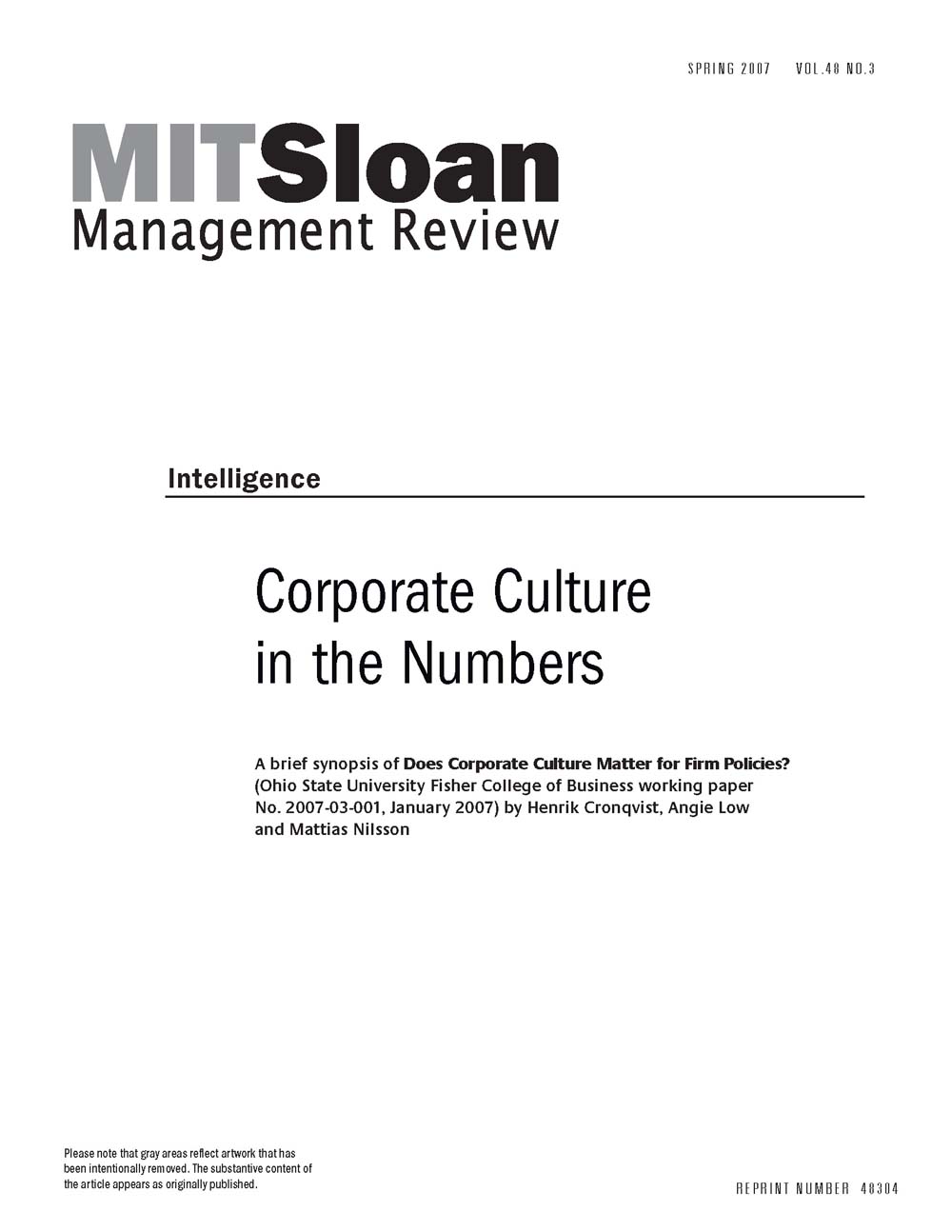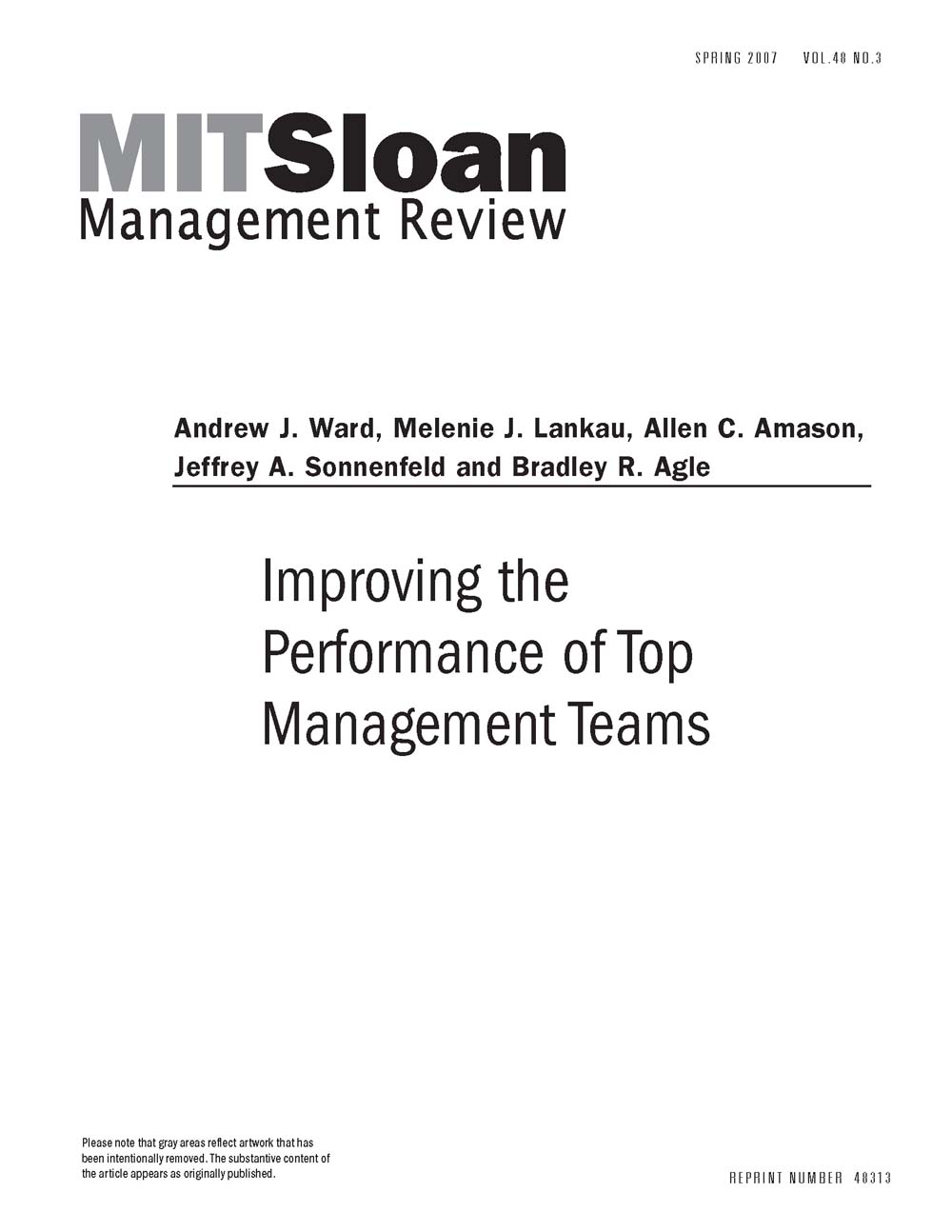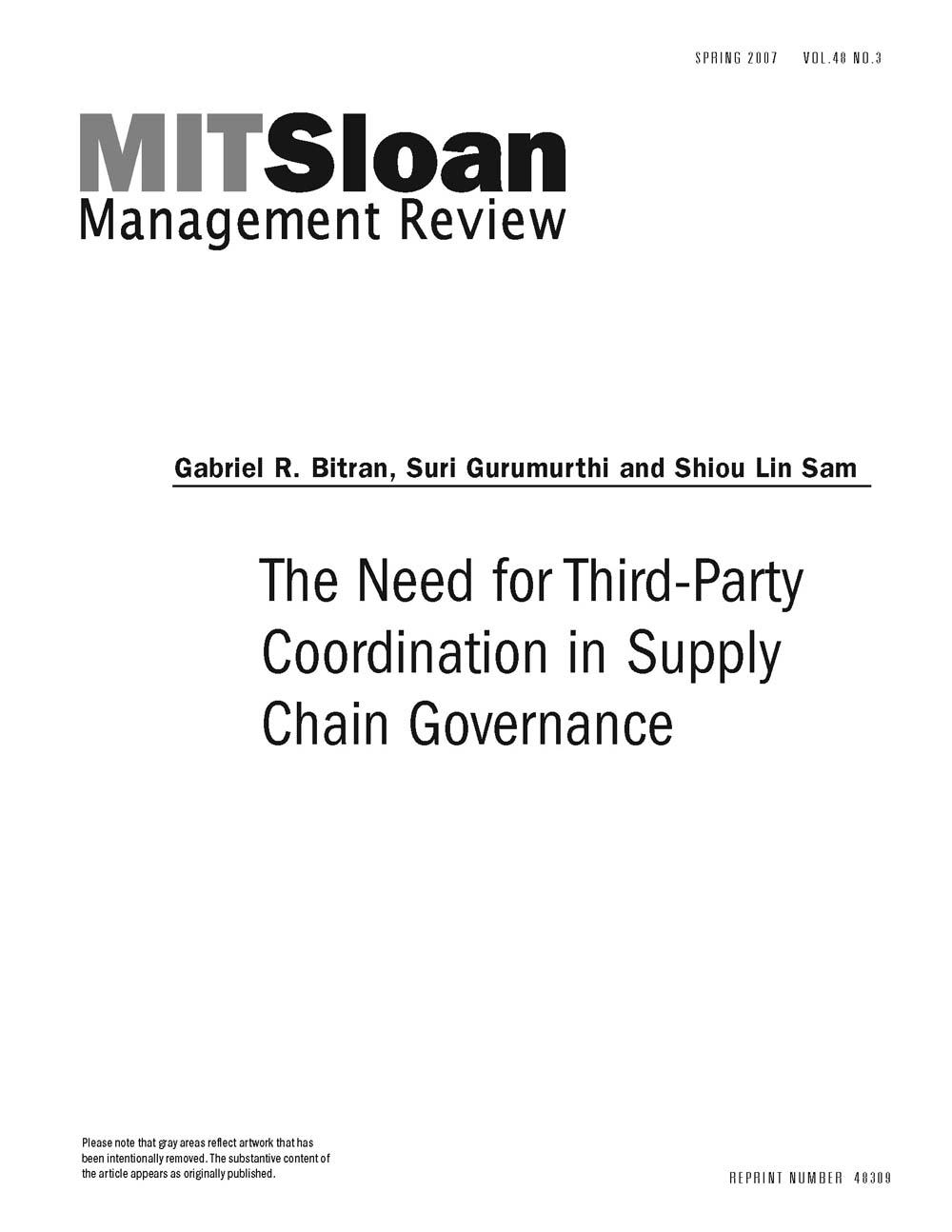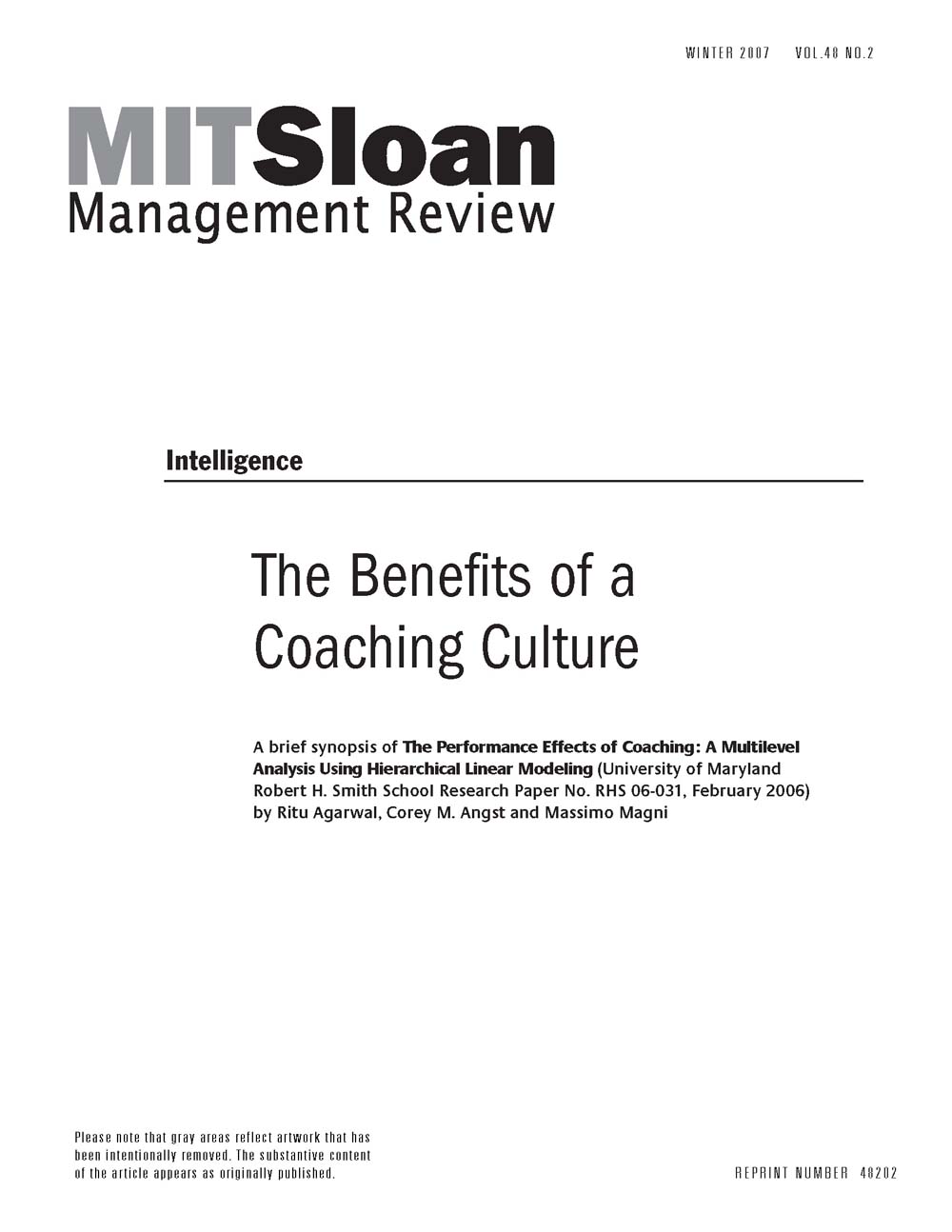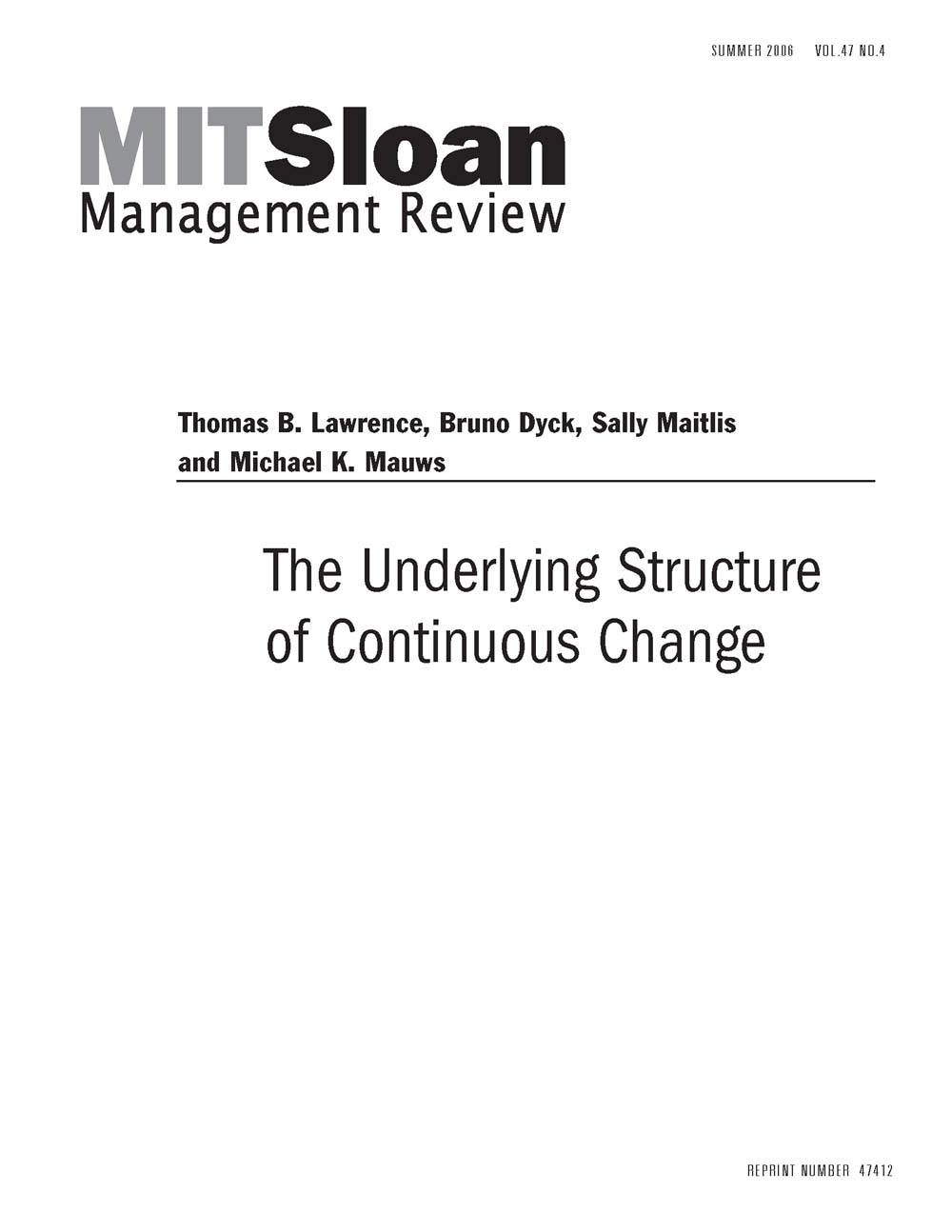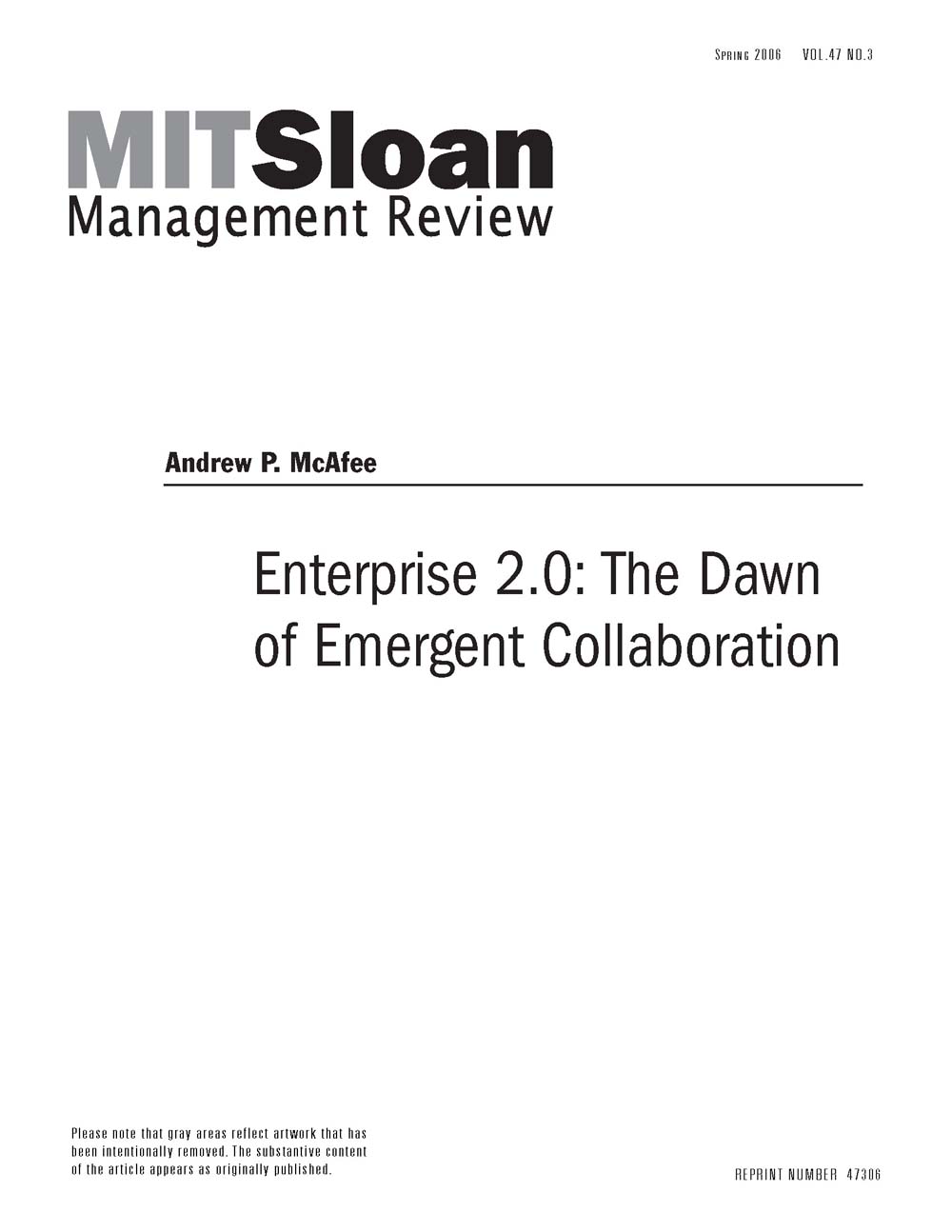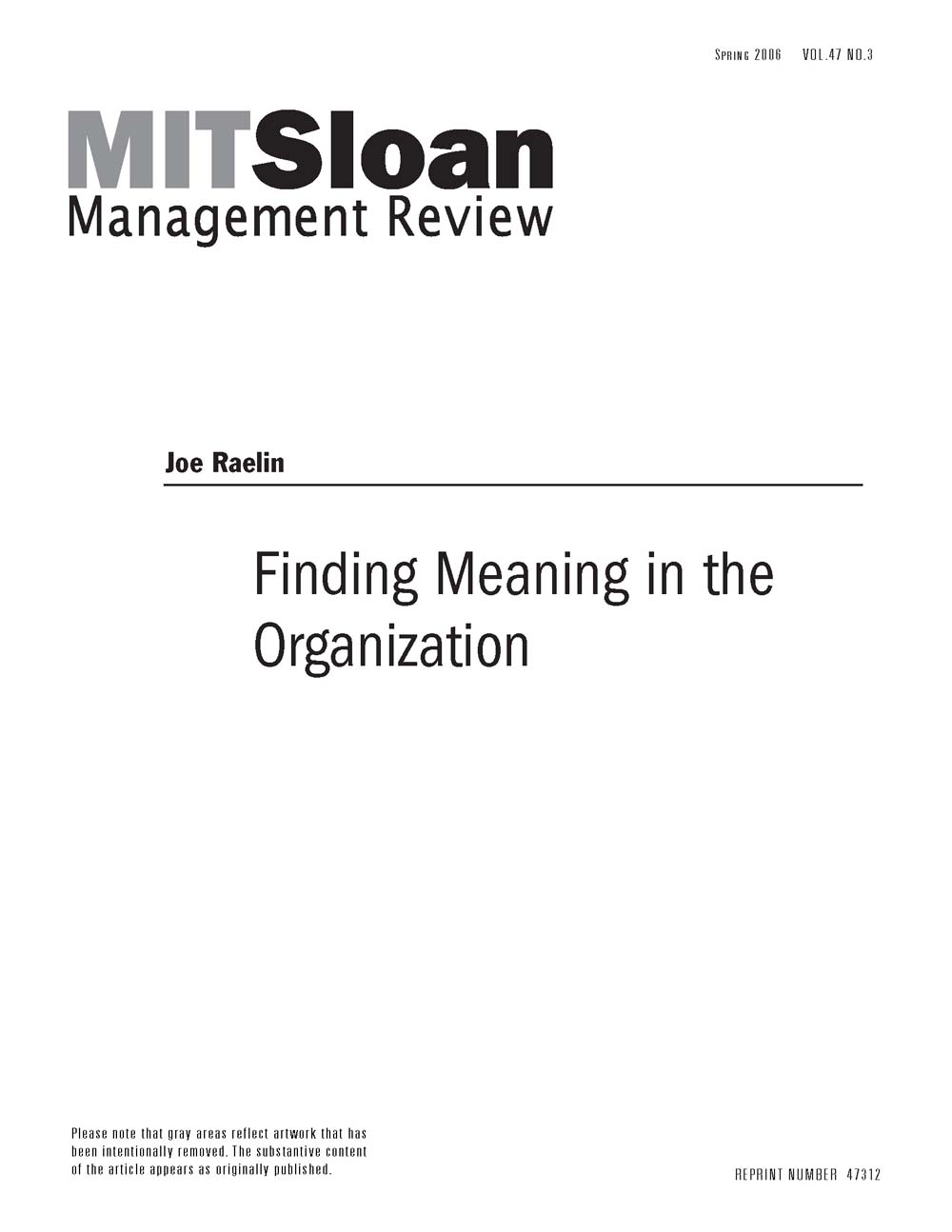Research shows that the most important factor for driving innovation is company culture.
Workplace, Teams, & Culture P. 8
Page 17 of 21
-
Overcoming Consumer Resistance to Innovation
Some successful innovations, such as the microwave oven and the dishwasher, were initially slow to achieve consumer acceptance. When consumers resist adopting an innovation because it requires them to alter established habits, the innovation is called a resistant innovation. The authors use a case study involving the diffusion of screwcap wine closures in three countries -- Australia, New Zealand and the United States -- to analyze strategies for marketing a resistant innovation. For winemakers, screwcap closures represent a solution to "cork taint," a quality problem that can be caused by poor-quality corks and that can affect wine flavor. But consumers have shown resistance to screwcap closures, associating them with cheap wines or preferring the tradition associated with cork. However, among wine consumers in Australia and New Zealand, screwcaps have now achieved widespread acceptance. But 2005 wine industry statistics showed that less than 5% of U.S. wineries used screwcaps on fine wines. What is the reason for this difference? Earlier research in 2004 had found few differences between U.S. wine consumers and those in Australia and New Zealand -- except in their attitudes toward screwcaps. Garcia, Bardhi and Friedrich interviewed decision makers at more than two dozen wineries in the three countries. The authors concluded that winemakers in Australia and New Zealand had generally taken a different approach to marketing screwcap wine closures than United States wineries did. United States winemakers tended to employ vertical cooperation strategies that involved working with distribution channels to market screwcaps. New Zealand and Australian winemakers, on the other hand, used coopetition strategies involving cooperation among wineries, such as a New Zealand wine industry group called the New Zealand Wine Seal Initiative. The authors conclude that, under certain circumstances, coopetition strategies, which involve some cooperation among competitive firms, can be an effective strategy for marketing a resistant innovation. To determine whether or not coopetition is an appropriate strategy, the authors suggest that managers should analyze the marketing problem the new innovation faces and the resources available to address it; consider the kind of specific resources and knowledge that might be exchanged during coopetition; and evaluate the industry climate, including the role of trade associations and industry experts.
-
Beware the Stealth Mandate
Leadership mandates tend to fall into one of three major categories: continuity (we should continue business as usual), good to great (we’ve been doing fine, but we need to do even better) and turnaround (we need to make dramatic changes to survive). Myriad problems can arise when an executive is given one leadership mandate while others are operating under a different, conflicting set of directives. Such stealth mandates are no-win situations, leading to the executive constantly butting heads with his or her boss, colleagues and others in the organization. To identify the true leadership mandate for a position, executives need to ask three crucial questions about the business unit they lead: (1) What needs to be changed within the next 12 months? (2) What needs to be honored or maintained during the next 12 months? (3) What must be avoided at all costs? Different constituencies should be queried, including key customers, and each of the questions should elicit a discussion about technology, business processes, culture and people. When executives discover that a stealth mandate is in play, they need to renegotiate mandates. One important goal is to establish realistic frameworks that will then become the basis for their future performance evaluation. Of course this is much easier said than done. But when an executive continues to operate in the shadow of a stealth mandate, he or she is setting himself or herself up to fail.
-
-
Improving the Performance of Top Management Teams
Even the most seasoned executives may have strongly opposing views about the wisest course of action for an organization, particularly given their diverse personal backgrounds or previous immersion in other corporate cultures. But such differences in approach don't necessarily lead to conflicts that are unproductive and damaging to an organization. To investigate such issues, the authors conducted a study of the organizational values of the top management teams in 31 companies. (As defined by the authors, organizational values are the objectives that an individual or group believes are important in running a business, such as industry leadership, employee welfare, and profit maximization.) The authors investigated two specific types of team conflict: task and relationship. Task conflict is characterized by substantive, issue-related differences in opinion. This type of disagreement can be beneficial when it ensures that a greater number of possible solutions are explored and that ideas are battle-tested within the group before significant resources are deployed. In contrast, relationship conflict -- characterized by disagreements over personalized, individually oriented matters -- is generally detrimental. It corrodes trust, hinders communication, slows the acceptance of ideas and leads to isolation and politicization among group members. When it comes to both task and relationship conflicts, the study results showed that behavior is driven by perception rather than reality. Specifically, the greater the perceived difference in organizational values among members of a top management team and their CEO the greater the conflict. Interestingly, any actual dissimilarity was not a factor. Thus, the bottom line is that many top management teams are unnecessarily encountering difficulties because of members' faulty assumptions. To lessen this tendency, the authors advise companies to consider the following: establish an appropriate atmosphere for the team; because perceptions become reality, understand and manage them; investigate the gaps between perceptions and reality; and act decisively to correct gross misperceptions.
-
The Need for Third-Party Coordination in Supply Chain Governance
During the last few decades, companies have moved away from hierarchical, integrated supply chains in favor of fragmented networks of strategic partnerships with external entities. This change has caused ripples throughout the old supply network and raised questions about the future. The authors consider the impact of vertical disintegration in large-scale supply networks, particularly in the textile and electronics industries. They focus on supply chain strategies that have been adopted by network players in order to accommodate for the changing governance and ownership structures. Their broad hypothesis is that the process of disintegration in many industries is not sustainable from a coordination and control viewpoint, and therefore will be followed by eventual reintegration - although it may take different forms in different industries. They discuss the expanded role of the systems integrator, which, in many cases, goes beyond critical coordination services and extends into issues related to control and governance of portions of the supply network. They also explore the challenges that systems integrators are likely to face, and they contrast two different models of coordination and governance that could be adopted by such players.
-
The Benefits of a Coaching Culture
Coaching increases performance, productivity and job satisfaction at all levels.
-
The Underlying Structure of Continuous Change
The conventional models of organizational change present an unrealistic image of change as an episodic phenomenon in which corporate leaders develop and implement elaborate change programs on an occasional basis in response to specific, isolated environmental shocks. This type of change does occur, but more often the corporate environment is characterized by change that is open-ended, fluid and less closely tied to specific shocks. In fact, continuous change is a cycle with four phases, each with its own dynamics and specific type of champion. "Evangelists" promote the value of innovation and creativity, influencing those around them so that new ideas spread and take root. "Autocrats" choose which ideas are translated into practice, using their authority to alter behaviors. "Architects" design and implement systems that embed change into the organizational infrastructure. Finally, "educators" create work experiences that increase employees' expertise and sense of mastery, leading to the generation of new ideas that extend and potentially transform the organization's direction, thereby keeping the cycle going around. An understanding of these four phases can help managers transform their companies into organizations that experience change, not as a tumultuous, anxiety-inducing event, but as part of an everyday routine.
-
Enterprise 2.0: The Dawn of Emergent Collaboration
There is a new wave of business communication tools including blogs, wikis and group messaging software -- which the author has dubbed, collectively, Enterprise 2.0 -- that allow for more spontaneous, knowledge-based collaboration. These new tools, the author contends, may well supplant other communication and knowledge management systems with their superior ability to capture tacit knowledge, best practices and relevant experiences from throughout a company and make them readily available to more users. This article offers a paradigm that highlights the salient characteristics of these new technologies, which the author refers to as SLATES (search, links, authoring, tags, extensions, signals). The resulting organizational communication patterns can lead to highly productive and highly collaborative environments by making both the practices of knowledge work and its outputs more visible. Drawing on case studies and survey data, the article offers managers a set of ground rules for implementing the new technologies. First, it is necessary to create a receptive culture in order to prepare the way for new practices. Second, a common platform must be created to allow for a collaboration infrastructure. Third, an informal rollout of the technologies may be preferred to a more formal procedural change. And fourth, managerial support and leadership is crucial. Even when implanted and implemented well, these new technologies will certainly bring with them new challenges. These tools may well reduce management's ability to exert unilateral control and to express some level of negativity. Whether a company's leaders really want this to happen and will be able to resist the temptation to silence dissent is an open question. Leaders will have to play a delicate role if they want Enterprise 2.0 technologies to succeed.
-
Finding Meaning in the Organization
Traditionally, executives are expected to create the vision for the organization they lead; the leaders' vision is then disseminated throughout the ranks. However, such top-down vision creation may mean that not all employees wholeheartedly embrace the vision they are given. An alternative approach to vision creation is found in the concept of "meaning-making." A meaning-maker is a member of a group who -- regardless of whether he or she is a formal authority figure -- articulates what the group is trying to accomplish in its work. Meaning-makers are typically deeply engaged in their work settings and are usually observant people who listen well and are in tune with a group's or an organization's rhythm. Using techniques such as images, humor or a new perspective on a situation, they are able to express a group's collective insight. For example, a pizza restaurant company was floundering until one of the senior managers articulated the idea that the company was not in a restaurant business so much as in a distribution business. This new model galvanized the organization, and local managers sought new outlets to distribute the company's pizza. Managers who are meaning-makers also may help others to articulate the meaning of the group's work, and such managers tend to embody a flexible style of leadership that recognizes that leadership is expressed in how people interact. While some have wondered whether meaning-making has to do with spirituality, the role of the meaning-maker in most organizations has less to do with transcendental, universal meaning than with identifying a here-and-now meaning related to the work people do together.



